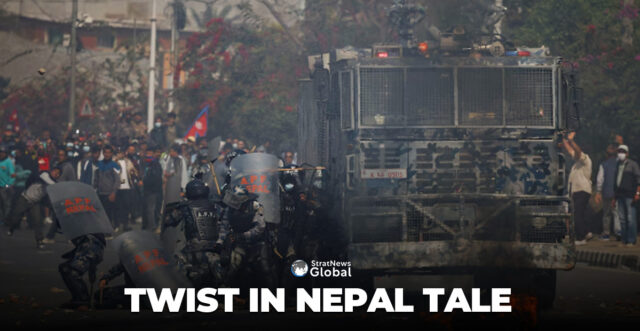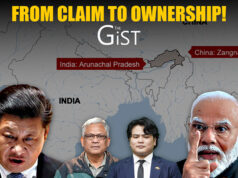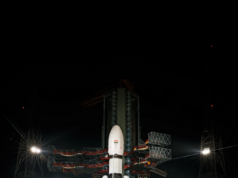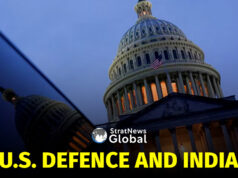Nepal is witnessing its largest and most sustained pro-monarchy movement since the country abolished its centuries-old monarchy in 2008.
Demonstrators are demanding the reinstatement of King Gyanendra Shah as the constitutional head of state, blaming political instability, corruption, and failed governance for the country’s woes.
The protests turned violent on Friday, resulting in three deaths and hundreds of arrests as demonstrators clashed with police in Kathmandu.
Notably, the movement is being led by Durga Prasai, a former Maoist guerrilla—an ironic twist given that it was the Maoist insurgency, reportedly backed by China, that played a key role in toppling the monarchy in 2008.
Political Instability Fuels Pro-Monarchy Sentiments
Nepal has seen 13 governments in the 17 years since transitioning to a republic, leading to widespread dissatisfaction.
Many citizens believe the monarchy provided a sense of stability that has been missing since the political shift.
The failure of successive governments to curb corruption and deliver economic progress has intensified calls for the return of the king.
Former Maoist leader Pushpa Kamal Dahal, also known as Prachanda, spearheaded the decade-long civil war that ultimately led to the monarchy’s dissolution.
However, another former Maoist, Durga Prasai, is now leading a mass movement to restore the king’s position.
On Friday, Prasai dramatically breached police barricades while driving towards Parliament House before going into hiding. Despite being on the run, he insists he has not left the country, making public statements from a temple in Kathmandu.
Shift In Political Landscape
Prasai’s rise is notable, given his past influence in uniting Nepal’s Communist factions.
In 2017, a widely circulated photograph showed him hosting then-former Prime Ministers Prachanda and KP Sharma Oli for a meal, symbolising his role in unifying Nepal’s Left alliance.
Now, however, he has emerged as a leading figure advocating for a return to monarchy and Nepal’s identity as a Hindu kingdom. He has openly threatened to topple the current government and reinstate Nepal as a Hindu state.
Growing Pro-Monarchy Movement
Protests supporting the return of the monarchy have gained momentum across Nepal.
In early March, around 400,000 demonstrators gathered in Kathmandu, waving national flags and chanting slogans like “Come back king, save the country!” The former king himself, Gyanendra Shah, returned to Kathmandu after a two-month pilgrimage, further fueling the movement.
The monarchy’s abolition was a result of a long-fought civil war led by Maoist insurgents, which claimed over 16,000 lives.
The war ended in 2006 with a peace accord, leading to the monarchy’s formal dissolution in 2008.
However, widespread corruption, economic instability, and political infighting have led to growing nostalgia for the monarchy, which many see as a unifying force.
Anti-India And Pro-China Sentiments
The rise of pro-monarchy sentiments is also intertwined with Nepal’s geopolitical alignments. Intelligence sources suggest that political interests in Nepal have fostered an anti-India atmosphere.
Reports indicate that some Nepali politicians have aligned with China for financial and strategic gains, with Beijing allegedly influencing Nepal’s political landscape to diminish India’s regional influence.
China has been accused of meddling in Nepal’s political affairs, including attempts to merge the country’s Communist factions to consolidate power.
Leaders like former PM Prachanda and Prime Minister KP Sharma Oli have been linked to China’s strategic agenda, further complicating Nepal’s internal politics.
Uncertain Future
With political instability mounting, the resurgence of monarchist sentiment is reshaping Nepal’s political discourse.
Whether the movement will gain enough traction to reverse Nepal’s republican status remains to be seen, but it has undeniably become a significant force challenging the country’s current leadership.





